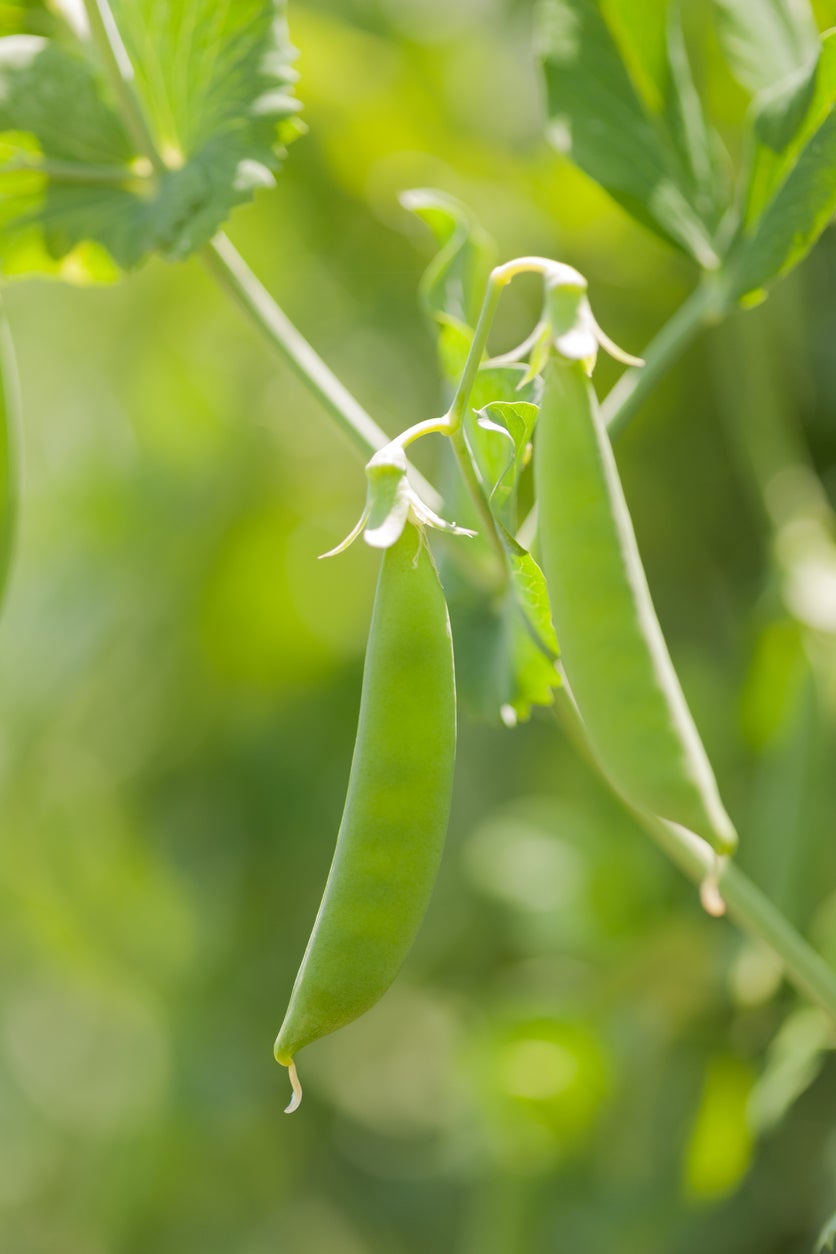Avalanche Pea Cultivation: Learn About The Pea ‘Avalanche’ Variety


When a company names a pea ‘Avalanche.’ gardeners anticipate a big harvest. That’s just what you get with Avalanche pea plants. They produce impressive loads of snow peas in summer or fall. If you’ve been thinking of planting peas in your garden, read on for information about Avalanche snow peas.
About Avalanche Pea Plants
Crisp and sweet, snow peas make a delightful addition to salads and stir-fries. If you’re a fan, consider planting your own crop of Avalanche snow peas. When you plant the pea ‘Avalanche’ in your garden, these plants shoot up much quicker than you might anticipate. Avalanche peas go from seed to harvest in some two months. When the crop comes in, it might justly be called an avalanche. With Avalanche snow peas in your garden, you get healthy plants and big harvests. That means mountains of crisp, tender peas in record time.
Avalanche Pea Cultivation
Avalanche pea plants are not difficult to grow even if you don’t have a lot of space. They are compact plants, only growing to about 30 inches (76 cm.) tall. Don’t expect to see a jungle of leaves on the plants though. They are semi-leafless, which means that more of their energy goes into producing the mountains of deep green pea pods than foliage. There’s another advantage of Avalanche pea cultivation. With fewer leaves, it is easy to spot and harvest pods. How to grow avalanche peas, you ask? It’s easier to grow Avalanche snow peas than many other types of peas since the compact plants don’t require staking. The trick to easy pea cultivation is to plant several rows close together. When Avalanche peas grow back to back, the plants intertwine, propping each other up nicely. Like other pea varieties, Avalanche peas give you the best crop when planted in a direct sun location. They need well-draining soil, preferably moist and fertile. If you are worried about diseases, you can relax. Avalanche plants are resistant to both fusarium wilt and powdery mildew.
Sign up for the Gardening Know How newsletter today and receive a free copy of our e-book "How to Grow Delicious Tomatoes".

Teo Spengler is a master gardener and a docent at the San Francisco Botanical Garden, where she hosts public tours. She has studied horticulture and written about nature, trees, plants, and gardening for more than two decades, following a career as an attorney and legal writer. Her extended family includes some 30 houseplants and hundreds of outdoor plants, including 250 trees, which are her main passion. Spengler currently splits her life between San Francisco and the French Basque Country, though she was raised in Alaska, giving her experience of gardening in a range of climates.